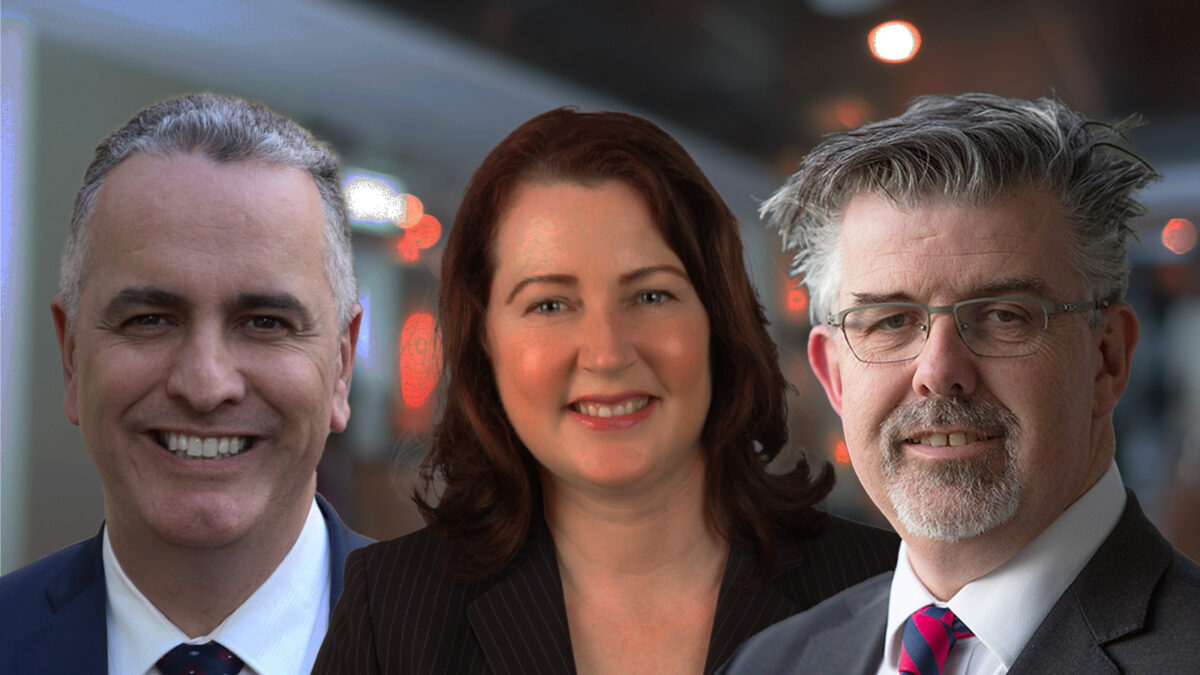Industry veterans scrutinise manager fees to fix super’s ‘shadow equilibrium’
While super funds have managed to reduce the fees they pay to external managers and are known as some of the most fee sensitive asset owners in the world, they can do even better according to Jefferson & Shea Analytics.
The private company – formed by former BNP Paribas Securities Services head David Braga, former Parametric managing director and head of research Raewyn Williams and former Christian Super CEO Peter Murphy – is an outcropping of the wider Jefferson & Shea consulting group, and is bringing the UK-based ClearGlass fee benchmarking service to Australia to cut through the opacity of the Australian funds management business.
“There will be managers who maybe don’t want this to succeed,” Williams says. “The good managers will like it and the ones that either are being pretty generous with the fee deals they’re cutting themselves or saying that they’re higher fee but have good performance – but actually don’t – won’t like this service. But frankly, we shouldn’t care about that kind of manager; we should ask them to address the performance or address the fees or address their value proposition.”
ClearGlass was borne out of the UK financial regulator’s 2017 Cost Transparency Initiative (CTI), which wanted to understand whether asset owners were getting good fee outcomes or could do better (similar to APRA’s current focus with the Superannuation Data Transformation Program). In 2019 the chair of the CTI working group Christopher Sier created a database from the data submitted as well as analytical tools for benchmarking median fees in different asset classes and strategies, which became ClearGlass.
In the UK the service uncovered a large dispersion between actual manager fees across the listed and private market asset strategies it covers. While super funds usually manage to negotiate some kind of discount, it’s not always as steep as the ones their competitors have negotiated themselves. Braga says that it’s “like when you’re on a plane – everyone paid something different to get the same service”.
“(Those negotiations) are a good opening gambit, but what we’ve found is that you do that dance – the manager comes down off the rack rate to something – and everybody shakes hands,” Williams says. “But there’s no way to get any insight or any verification that it was actually a good deal, because nobody actually pays the rack rate. There’s what (Sier) calls the shadow equilibrium; these people are cutting fee deals and have enough knowledge to feel that it’s below the rack rate, so it’s a good lowest price fee deal.”
“What the CTI did was get all of the funds to actually put their fees and costs data into standard template, and what came out of that was the realisation that there’s a lot of work and a lot more money left on the table… That was really quite earthshattering, because the funds could go back to their managers and say ‘actually, we don’t think that we’re getting a good price; there’s a lot of similar strategies here, or fee dispersion here, or a scale discount that’s available in this asset class – we feel that you can do better and sharpen the pencil’. They were armed with tools to get a sense of whether they could go back to the table and get more from their managers.”
More than 800 pension funds and 450 managers provided or accessed information from ClearGlass following its UK launch; in Australia, funds will be able to submit data using the existing RG97 template, which will then be measured against a “de-identified broad sample” which can give them an industry benchmark on fees and costs.
Williams expects the service will also help funds prove to internal and external stakeholders that they actually are getting a good fee outcome, as well as managers looking for guidance on how to price their offering. In the UK the service has also seen uptake from asset consultants that want to use a broader database to find good managers and strategies for their clients. And while other consultants like bfinance offer fee benchmarking services, Williams argues that the ClearGlass offering is broader.
“We’ve got a bigger dataset, and ClearGlass UK has published data on the 10 different asset consultants they’ve looked at in the UK and their specific consultant samples. You can create an industry median based on rack rates, which is a very broad sample, and then you can take a consultant sample and their median is lower and you can see the difference. (With ClearGlass) you get rack rate published median and then you get consultant a’s median and consultant b’s median and then you get the ClearGlass median, which is lower again.”











